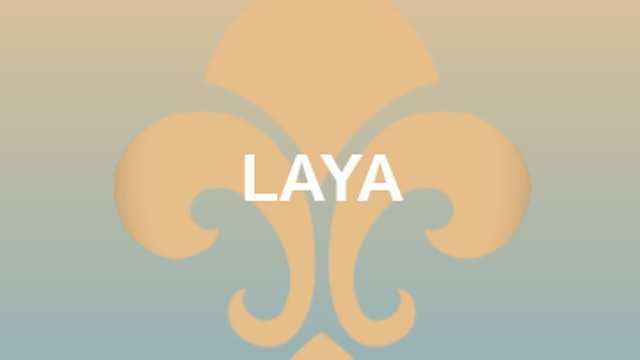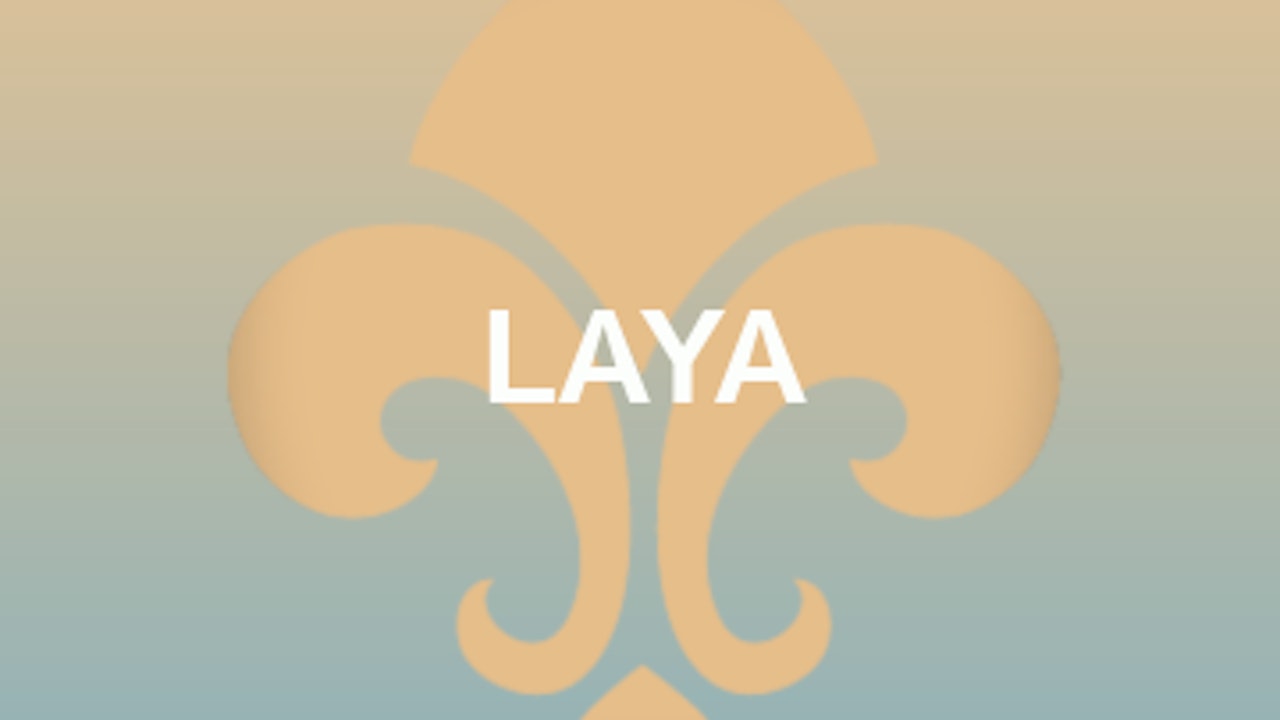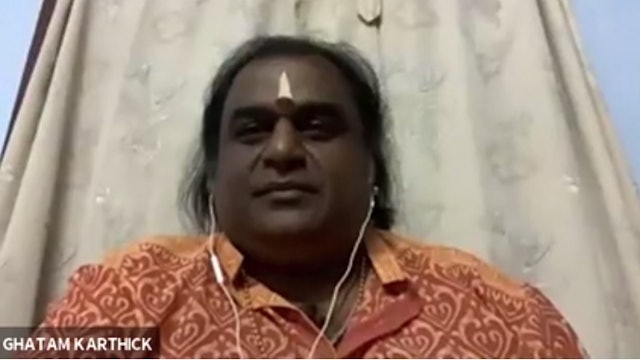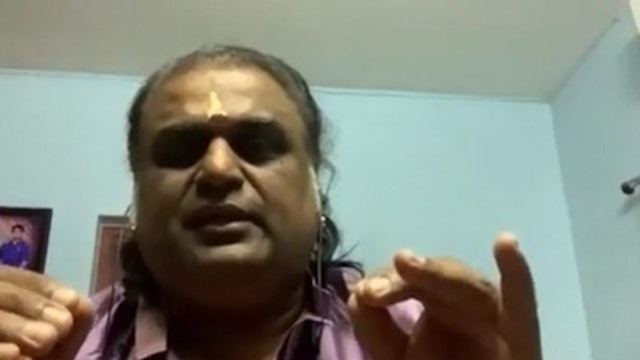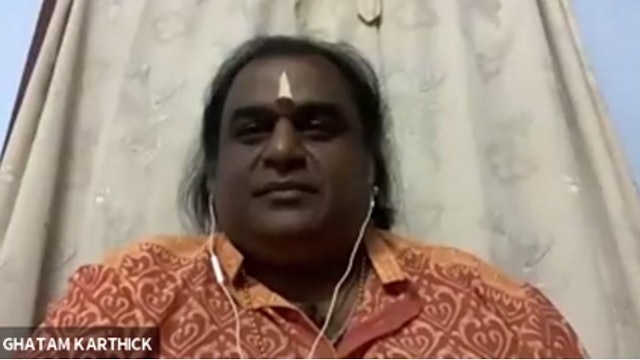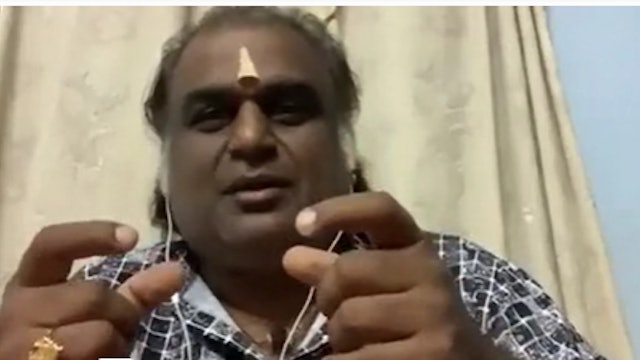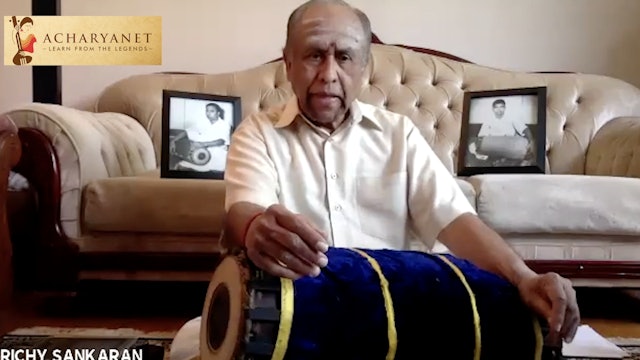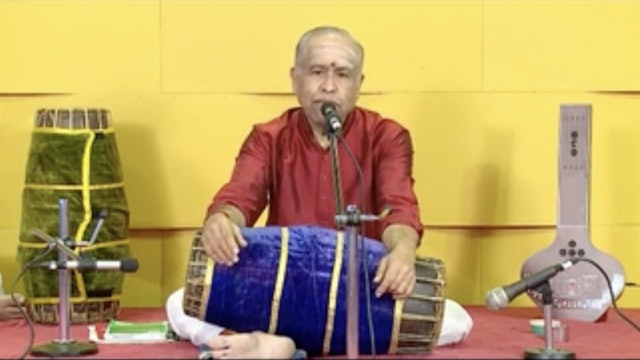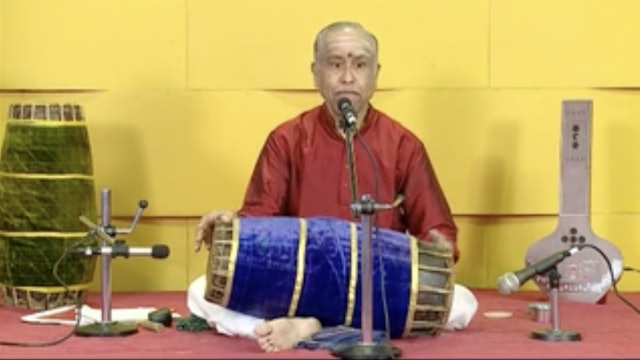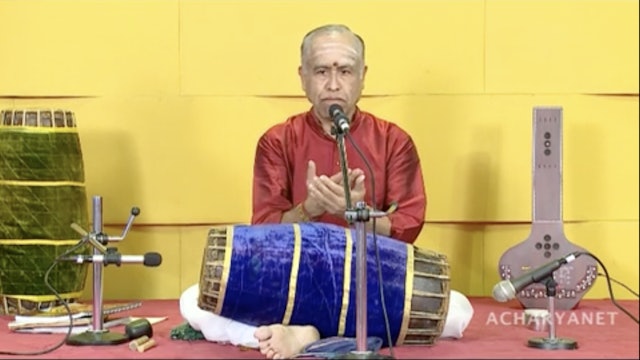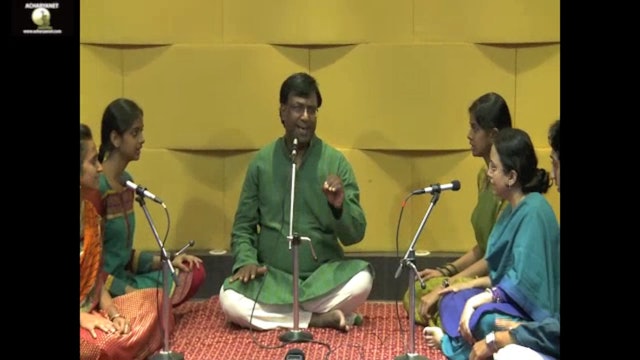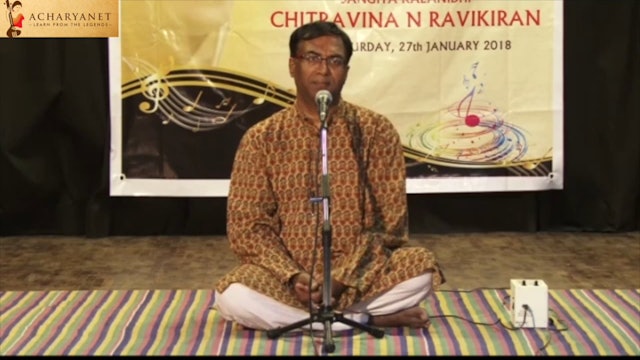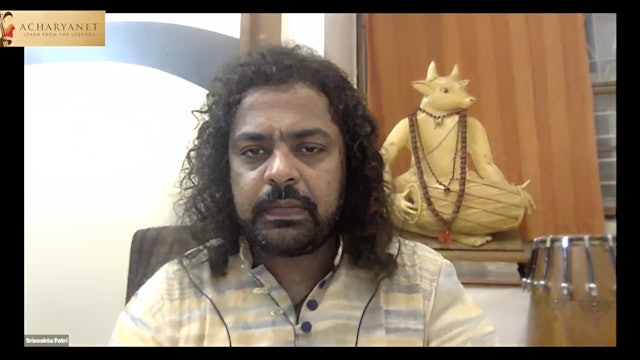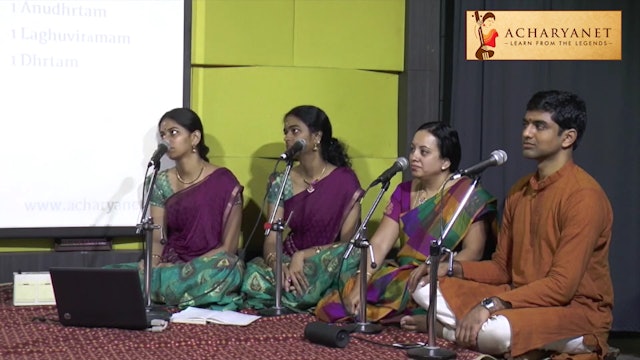Laya
Laya is a vast and interesting subject in Carnatic Music. Go through these lessons ranging from simple to advanced and get a taste of this beautiful aspect of music.
Be sure to check out TaalAcharya, the revolutionary software for mastery over tala and tempo, available only on Acharyanet.
Check out the useful links below.
1) Laya Terms in Carnatic Music
2) Lesson on 7&35 Tala System by Chitravina N Ravikiran
3)Pancha Nadai Korvais
4) Seamless Korvais – The Elegance of Numbers
Laya Exercises
Chapu Formula – Exercise to strengthen Tala
The Art of Playing Mridangam By Sangeeta Kalanidhi Shri Trichy Sankaran
1. Art of Playing Mridangam – Part 1 – FREE!
2. Art of Playing Mridangam – Part 2
3. Art of Playing Mridangam – Part 3
4. Art of Playing Mridangam – Part 4
Tala Dasha Pranas by Chitravina Narasimhan
1) Origins of Laya Patterns – Understanding Laya Part 1 – Shri Chitravina N Narasimhan
2) Importance of Laya in Music – Understanding Laya Part 2 – Shri Chitravina Narasimhan
3) Marga Talas – Understanding Laya Part 3 – Shri Chitravina Narasimhan
4) Tala Dasha Pranas- Kalam and Margam – Understanding Laya Part 4 – Shri Chitravina Narasimhan
5) Tala Dasha Pranas- Kriya and Angam – Understanding Laya Part 5 – Shri Chitravina Narasimha
6) Suladi Sapta Talas, Chapus and Nadais – Understanding Laya Part 6 – Shri Chitravina Narasimhan
7) Tala Dasha Pranas- Jati and Graham – Understanding Laya Part 7 – Shri Chitravina Narasimhan
-
Talamatics - Part 6 - Dr Ghatam Karthick
This is a session conducted over zoom for the benefit of students worldover, by Dr Ghatam S Karthick. This is a masterclass, Talamatics, where the maestro takes us through various concepts of rhythm and tala.
-
Talamatics - Part 3 - Dr Ghatam S Karthick
Dr Ghatam Karthick teaches concepts of rhythm and tala in this masterclass session.
-
Talamatics - Part 2 - Dr Ghatam S Karthick
Dr Ghatam S Karthick teaches concepts of rhythm and tala in this masterclass session.
-
Talamatics - Part 1 - Dr Ghatam S Karthick
Dr Ghatam Karthick teaches concepts of rhythm and tala in this masterclass session.
-
Talamatics - Part 5 - Dr Ghatam S Karthick
Dr Ghatam Karthick teaches concepts of rhythm and Tala in this masterclass session.
-
Prof Trichy Sankaran's Lec-Dem on Pattern Building (Sollu Development)
This is a webinar conducted by Trichy Shankaran on the concepts of Laya and rhythm. He teaches the progressive development of sollukattu or pattern building.
-
The Art of Mrudangam Playing - Part 4 by Prof Trichy Sankaran
Professor Trichy Sankaran is a distinguished Indian percussionist, composer, and educator, hailing from Trichy, Tamil Nadu. Renowned for his expertise in playing the mridangam, he earned acclaim for both his virtuosic performances and innovative contributions to rhythmic patterns and compositions...
-
The Art of Mrudangam Playing - Part 3 by Prof Trichy Sankaran
Professor Trichy Sankaran is a distinguished Indian percussionist, composer, and educator, hailing from Trichy, Tamil Nadu. Renowned for his expertise in playing the mridangam, he earned acclaim for both his virtuosic performances and innovative contributions to rhythmic patterns and compositions...
-
The Art of Mrudangam Playing - Part 2 by Prof Trichy Sankaran
Professor Trichy Sankaran is a distinguished Indian percussionist, composer, and educator, hailing from Trichy, Tamil Nadu. Renowned for his expertise in playing the mridangam, he earned acclaim for both his virtuosic performances and innovative contributions to rhythmic patterns and compositions...
-
Pancha Nadai Korvais
Learn the pancha nadai korvais composed by Acharya Ratnakara Shri Chitravina Narasimhan demonstrated by Sangeet Samrat Chitravina N Ravikiran and students.
-
How to compose pallavis by Chitravina N Ravikiran
Sangeet Samraat Chitravina N Ravikiran explains about the art of composing pallavis with numerous examples.
-
Mridangam Lesson - Introduction by Sangita Kalanidhi Prof Trichy Sankaran
Sangita Kalanidhi Prof Trichy Sankaran teaches the art of playing Mrudangam.
-
DISSECTING THE TANI AVARTANAM: Shri Patri Satish Kumar
Get access to this exclusive online Lec-Dem, "Dissecting the Tani Avartanam" by Shri Patri Satish Kumar, conducted for the Acharyanet Summer Camp 2020.
To access hundreds of lessons in the premium subscription package, become a member to start learning right away.
-
Chapu Formula - Exercise to strengthen Tala
Acharya Ratnakara Chitravina Narasimhan has devised many innovative techniques to help students master various techniques in Laya. The Chapu formulas demonstrated in these lessons are great exercises to develop a strong sense of rhythm in Chapus. These exercises will not only help students sing c...

